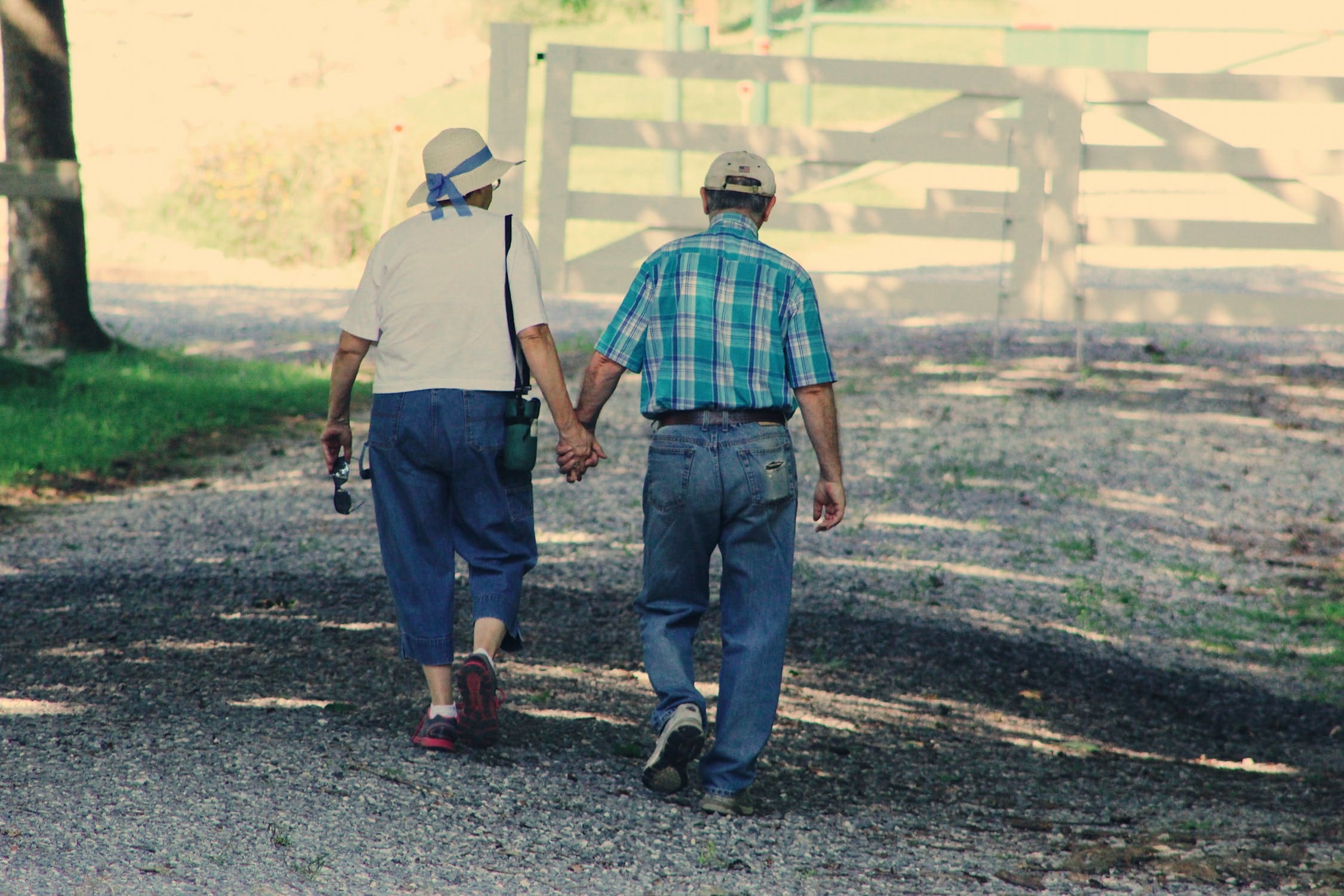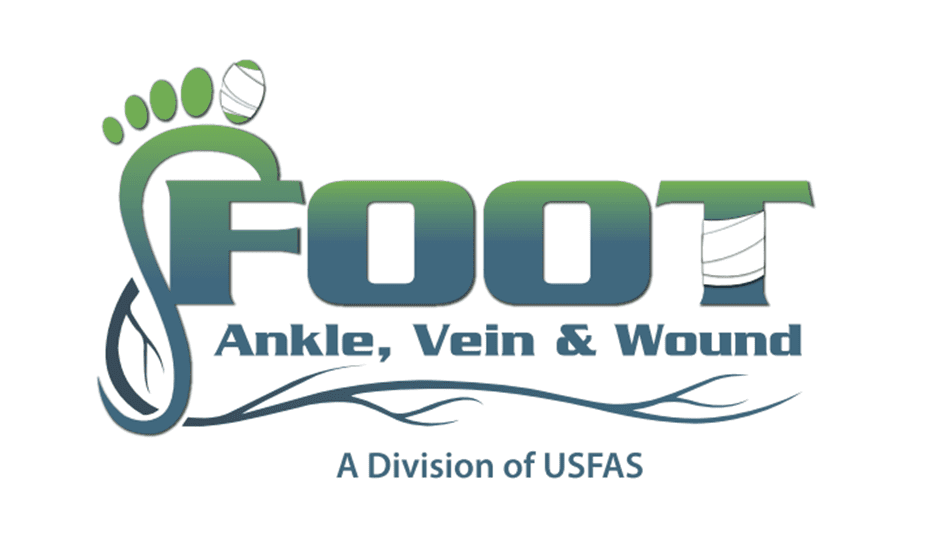
Just like most parts of your body, your feet have been serving you since you were young.
Right from jumping off the jungle gym in your school playground to your sports activities as a college student, your feet have been a major part of your experiences in life, growing with you as you get older.
Through all this time, your feet also have been carrying your weight, through thick and thin and its ever-changing stages.
As naturally as your feet have grown throughout your early life, your feet also begin to weaken as you grow older into later adulthood. With this fact, it’s no surprise that one out of every three people older than 65 has pain or stiffness in their feet.
Contrary to the minimal publicity of these problems, overcoming or dealing with the stiffness and pain isn’t a small “feat”.
The first step to solve your foot problems is to actually know about them and recognize when symptoms start to pop up.
What are some foot problems you might encounter as you become an older adult?
The Foot Problems
Arthritis: This is one of the most common foot problems that older adults encounter. Due to the high number of joints in the foot—more than 30—arthritis can easily target any of them and lead to causing severe pain when you move your foot. One of the most susceptible joints to this problem is your big toe or the midfoot joint located at the top of your foot.
In the early morning, during all hours of the night, and at the end of the day, you might feel this sort of arthritis flare up. Especially if the arthritis is in your feet or ankle joints, you’ll feel pain and stiffness in the morning right when you wake, but it will normally begin to loosen as you warm up—moving about throughout your day.
Slow Blood Circulation: Conditions like vein diseases or diabetes can lead to slower blood circulation in and to your feet.
Without adequate blood flow, it’s more difficult for your foot to heal and a tall order if you’re already suffering from a foot or ankle related injury. The healing time can lengthen as you get older. If you have diabetes, these injuries may even lead to an ulcer.
Low Fat Percentage In Your Foot: As you grow older, one reality you have to face is that your body begins to shed fat. Now normally, someone might be rejoicing in the idea of shedding fat and losing those extra pounds. However, some of this fat is actually quite necessary—including the fat around your feet.
The collagen production in your body decreases with age, which leaves the feet with thinner fat pads than before. As you have less cushion in your feet, the pressure on your bones will get heavier as you carry your weight throughout the day.
Fortunately, you can easily solve some amount of discomfort by wearing comfortable shoes with gel pads to relieve you of the pain as a result of low fat.
Tight tendons: Aging reduces the water content in the tendons. This inhibits the tendons from performing their function of connecting the muscles to bones effectively.
One of the tendons at risk, the Achilles tendon, connects your calf muscles to the heel bone. An injury to your Achilles is a very common one when engaged in motion or jumping. If you have tight tendons, the risk for injuring this tendon increases, especially if you are overexerting yourself.
Bunions: When you notice a misaligned bone beneath your big toe, this may be a case of a bunion. A bunion can make your big toe grow in an abnormal way towards your small toe and cause pains.
Dry skin: Low collagen levels can make your feet dry. This can lead to cracking of your sole and possible infections later on.
This ailment may lead to you feeling pain while walking or even while standing. A simple, quick but not long-lasting solution, however, is that you can use a moisturizer to prevent your soles from cracking.
Flat foot: Your ligaments help hold your feet in shape but as you get older, these ligaments begin to lose strength and your feet may actually lose its natural arch. The ligaments of a lost arch increase in length rather than keep its shape—called fallen arches.
When this happens, you may start to feel pain in the middle of your foot and swelling around your inner ankles. It can even alter the angle of your foot and cause stability issues or foot sprains when you walk.
Hammertoes: When we’re young, we can get away with wearing high heels and other fashionable and not necessarily comfortable shoes throughout our day. However, the pain we put our feet through early on can come out later in life.
These shoes can lead to an abnormal bend of your toes and can also lead to swelling and pain in your foot. This condition is usually called hammertoe.
What to Do
If you engage in regular exercise, you can prevent most of these foot problems. Likewise, maintaining proper foot hygiene can go a long way to keeping your foot safe from some of these problems.
When you notice these problems, it’s important that you visit a podiatrist (like us!) to check your feet and recommend possible treatments for you.

